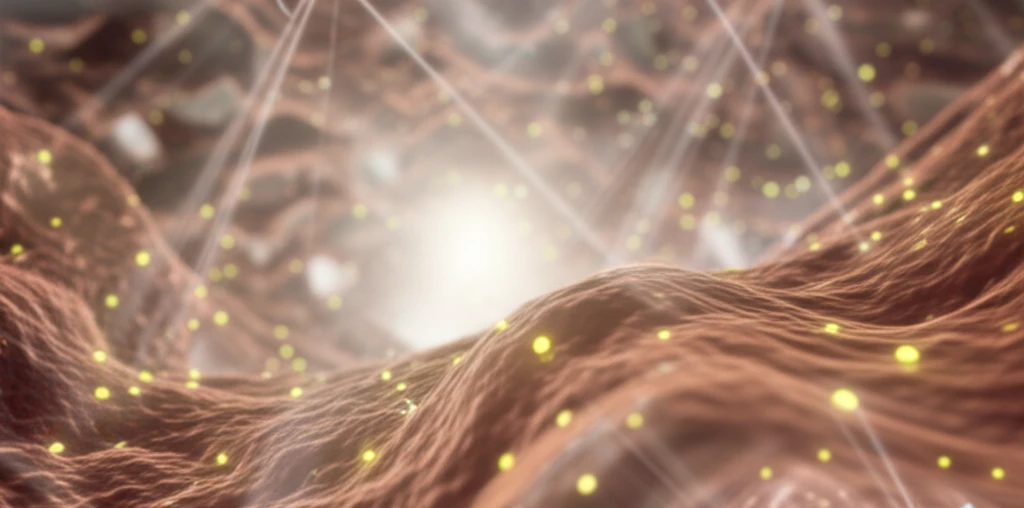
Lead-Free X-Ray Shielding: How Nanomaterials are Protecting Us Better
"Discover how electrospun nanofiber mats filled with bismuth and tungsten oxides offer a non-toxic, cost-effective alternative to traditional lead shielding."
X-rays have become indispensable in medical diagnostics and treatments. However, the traditional method of shielding against radiation involves lead, a highly toxic material posing risks to human health and the environment. The search for safer alternatives has become a pressing need, driving innovation in nanotechnology to create lead-free shielding solutions.
To address this challenge, researchers have turned to heavy metal elements like bismuth (Bi) and tungsten (W), known for their radiation-blocking capabilities without the toxicity of lead. These materials are being explored in the form of nanofiber mats, created through a process called electrospinning, offering a versatile and effective way to create protective barriers.
This article delves into a study that explores the potential of electrospun nanofiber mats, made from polyvinyl alcohol (PVA) and filled with bismuth oxide (Bi2O3) or tungsten oxide (WO3), as a promising alternative for X-ray shielding. We'll examine how these materials are fabricated, their performance characteristics, and their potential applications in medical and industrial settings, offering a glimpse into the future of radiation protection.
PVA Nanofibers: A New Shield Against X-Rays?

The study successfully created PVA nanofiber mats infused with varying concentrations of Bi2O3 and WO3. These mats were produced through electrospinning, a process where a liquid polymer solution is charged and spun into extremely fine fibers. By carefully controlling the concentration of PVA (10% or 15% by weight) and the amount of filler material (Bi2O3 or WO3, ranging from 0 to 40% by weight), the researchers were able to tailor the properties of the resulting mats.
- Density and Thickness: The density and thickness of the mats are crucial factors in their ability to block radiation. The study examined how these properties varied with different PVA concentrations and filler loadings.
- Mass Attenuation Coefficient (μm): This measures the material's ability to attenuate or reduce the intensity of X-ray beams. Higher μm values indicate better shielding performance.
- X-ray Attenuation Ability: The mats were exposed to X-rays at various energy levels (8.64 – 57.53 keV) to assess their attenuation capabilities using X-ray fluorescence (XRF).
- Surface Morphology: Scanning electron microscopy (SEM) was used to examine the structure and dispersion of nanoparticles within the PVA nanofibers, providing insights into how well the filler materials were integrated into the mats.
Beyond Lead: The Future of Radiation Safety
This research demonstrates the potential of PVA-based electrospun nanofibers filled with Bi2O3 and WO3 as effective, lead-free X-ray shielding materials. The 15PVA/35Bi2O3 composite, in particular, shows superior performance in attenuating X-rays, making it a promising candidate for various applications.
The study opens doors for further exploration and optimization of these materials, including:
<ul> <li>Fine-tuning the electrospinning process to enhance nanoparticle dispersion and mat homogeneity.</li> <li>Investigating the long-term stability and durability of the nanofiber mats under various environmental conditions.</li> <li>Exploring other lead-free filler materials and polymer matrices to further improve shielding performance and reduce costs.</li> </ul> By continuing to innovate in this field, we can pave the way for safer, more sustainable radiation protection solutions that benefit both human health and the environment.
